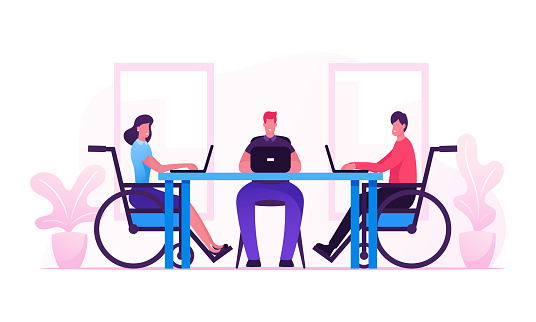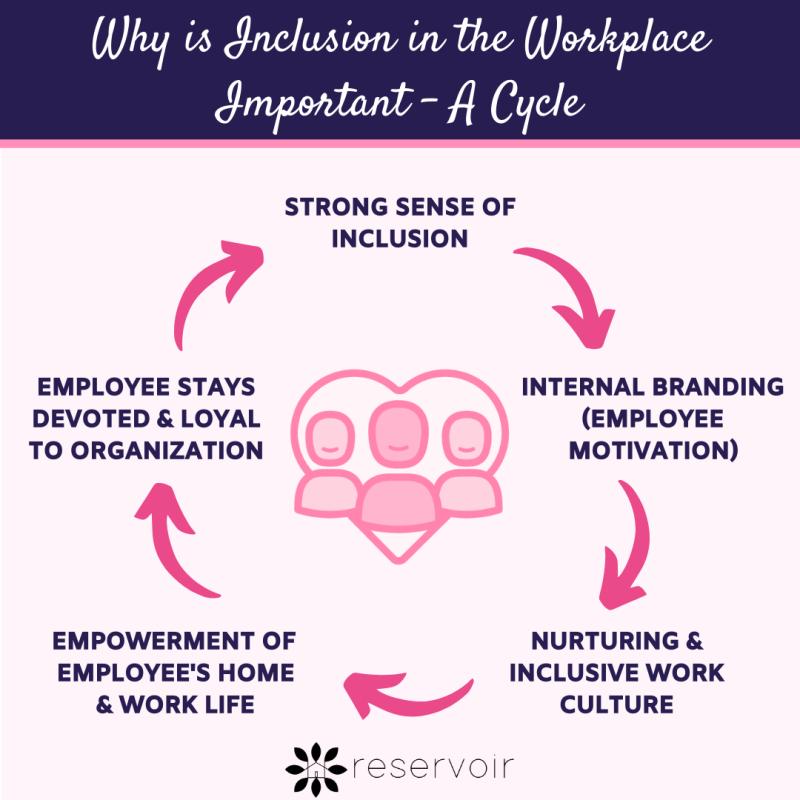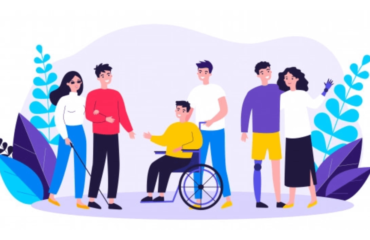
Why is a Diverse & Inclusive Workplace culture important?
Diversity and inclusion is now a CEO-level issue around the world. Leading organizations now see D&I as a comprehensive strategy woven into every aspect of the talent life cycle to enhance employee engagement, improve brand, and drive performance. In a 2017 survey by Deloitte, the proportion of executives who cited inclusion as a top priority has risen by 32 percent compared to 2014. As of 2017, over two-thirds (69 percent) of executives rate diversity and inclusion as an important issue.
Why is Inclusion so important to the functioning of an organization?
D&I now impacts brand, corporate purpose, and performance. Not only is the public increasingly aware of the issue, but employees are also expressing stronger views on diversity and inclusion. Diversity & Inclusion initiatives create workplaces that leverage diversity of thinking. Diversity of thinking is a wellspring of creativity. A 2018 article by Deloitte identified a very basic formula: Diversity + Inclusion = Better Business Outcomes. The article also noted that Organizations with a diverse & inclusive work culture were 2 times more likely to exceed financial targets & 8 times more likely to achieve better business outcomes.
How can an Organization Become More Inclusive?
Training is the most popular solution to increase workforce diversity & inclusion. Research shows that nearly one-half of the midsize companies in the United States mandate diversity & sensitivity training, as do nearly all the Fortune 500. However, when it comes to behavior change, training is often only a scene-setter. The more complete story is that, to change people’s behavior organizations need to adjust the system.
It is never a bad time to be advocating for diversity and inclusion. Our view is that the end goal should be redefined, cultures reset, and behaviors reshaped. Leaders should step up and own that change & encourage each employee to own their role in delivering on the brand promise. But with so many considerations, it can be difficult to know where to start or where to focus your efforts.
Learning to leverage a diverse & inclusive work culture is far from simple. Leaders in diversity and inclusion have taught us that it is an ongoing process, and it might require the help of an outside source — one that specializes in global diversity and inclusion in the workplace. Are you ready to take concrete steps and develop your company’s D&I policy and practices?

The Power of Diversity in a Workplace
Workplace diversity fosters mutual respect among employees. Although an idyllic atmosphere may be difficult to achieve, employees nevertheless recognize the many strengths and talents that diversity brings to the workplace and they gain respect for their colleagues’ performance as well as their workplace. This will ensure that a synergistic work environment becomes the norm.
A Diverse workplace also empowers many members of the workforce who have been marginalized due to racism, ageism, and general discrimination. A diverse workplace offers more than exposure to employees from different cultures and backgrounds. Employees learn from co-workers whose work styles vary and whose attitudes about work vary from their own.
Employees reap tangible and intangible benefits from workplace benefits from working in a diverse & inclusive workplace.
What are you doing to foster inclusivity in your workplace?



You must be logged in to post a comment.